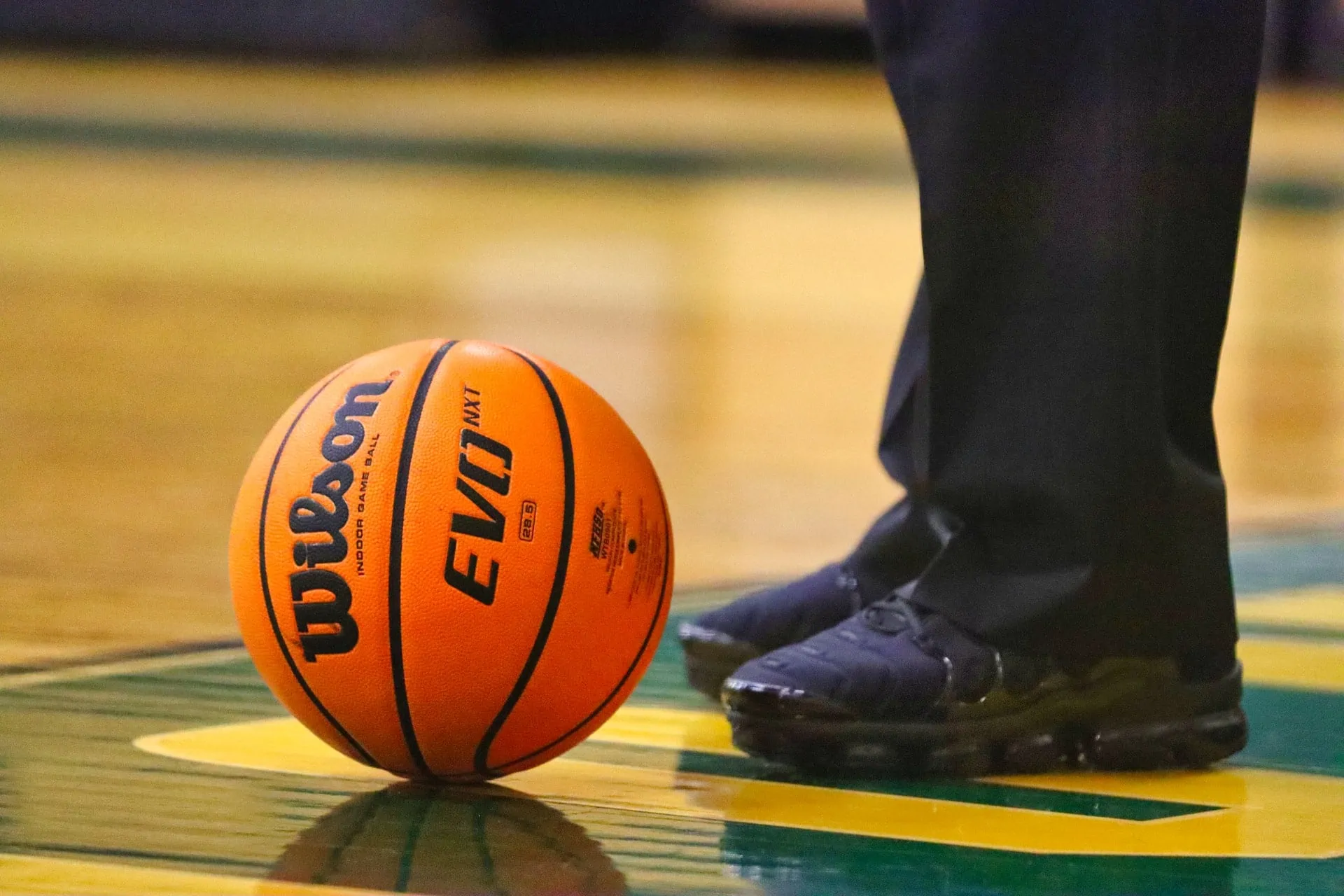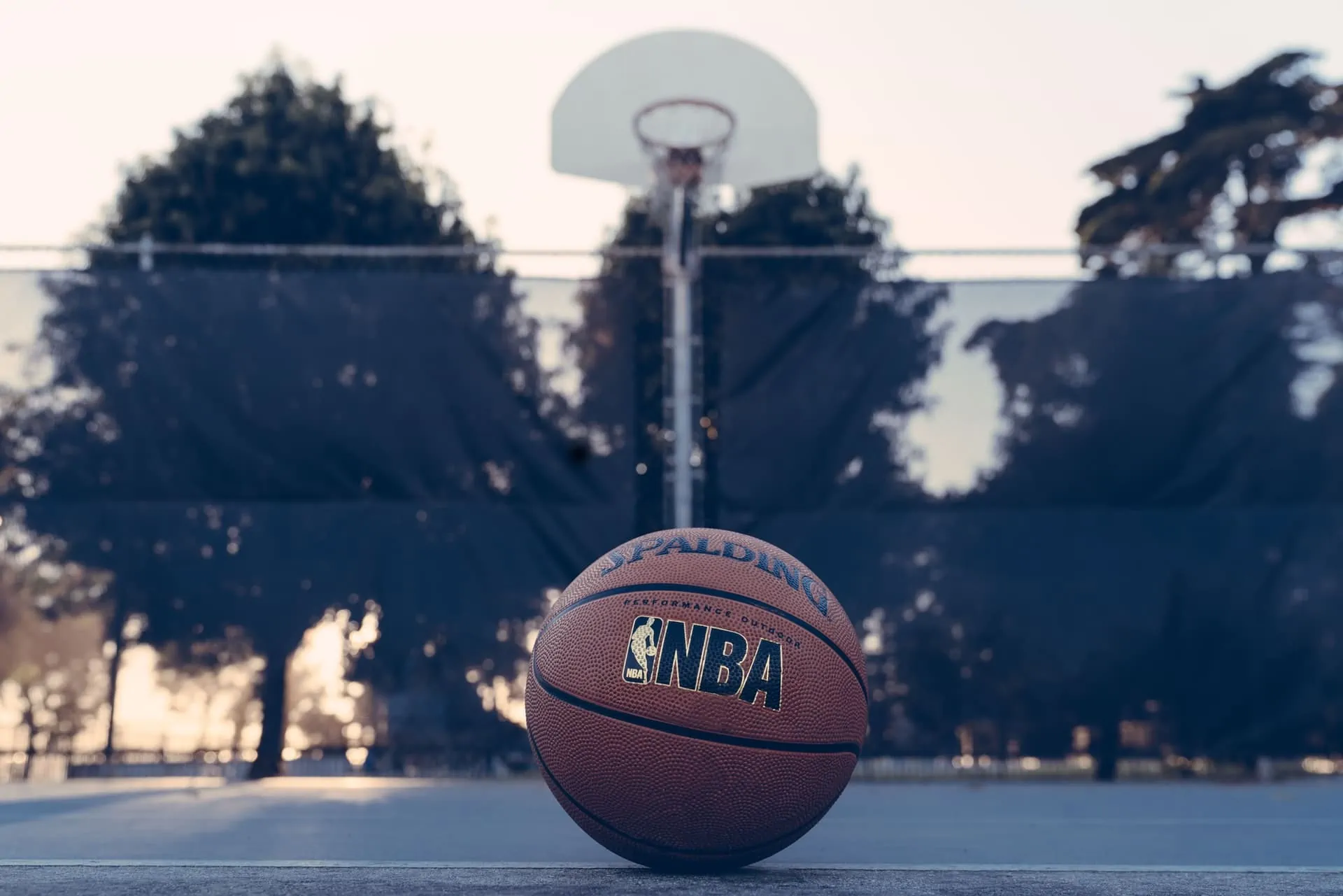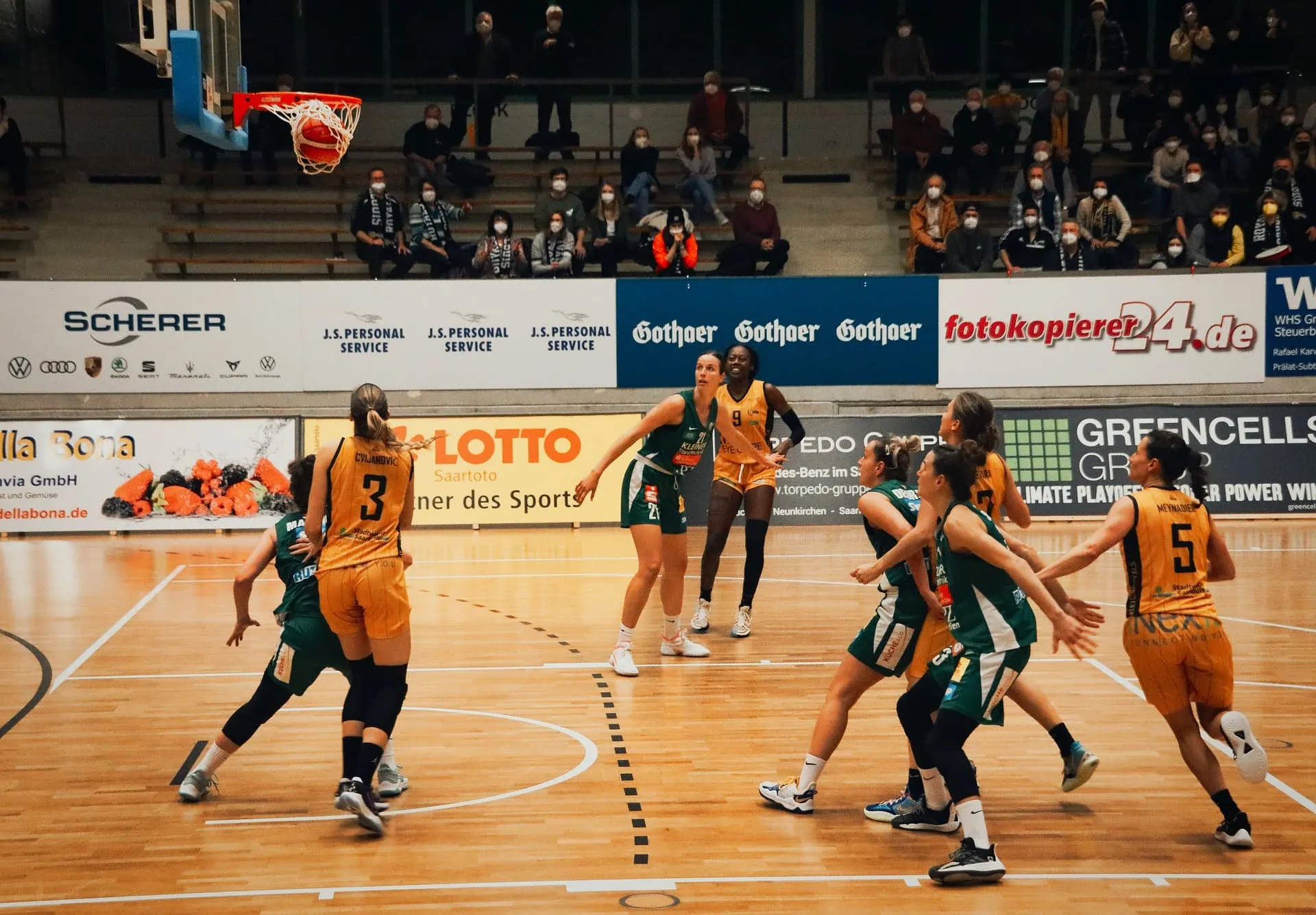Would you like to get information on the kick ball rule in basketball? Would you like to know the kick ball penalty in basketball? Basketball is a sport that has numerous rules, and some of them are not found in other sports, so they are quite confusing.
If you would like to get help to determine what is considered or classified as a kickball in basketball, you are in the right place. If you are a basketball player, fan, or planning to become a player, learning and understanding the rules of the game is essential for you to enjoy all aspects of the game.
We know that it can be tricky to keep up with all of the rules, so today, we will help you by thoroughly explaining the basketball kickball rule.
 What is a Kicked Ball in Basketball?
What is a Kicked Ball in Basketball?
Have you ever been on a basketball court or watch a basketball game and hear someone call out kickball or see referee call the violation kickball? This violation is not one of the most common violations, but it tends to happen at least once a game.
If you are familiar with the sport of soccer, you may be familiar with the handball rule. An outfield player is under no circumstance allowed to deliberately use his hands to touch the ball while it is in play. The kickball rule in basketball is quite similar to the handball rule of soccer. In every level of the sport in whatever league you watch or play, it is a violation when players intentionally kick the basketball or use any part of their leg to control the ball or touch the ball.
Throughout games, some players will use their feet to stop passes being attempted on the court, block inbound attempts from the sidelines, gain possession of loose balls while they are hustling on the floor, or even to disrupt their opponents dribble.
Once their legs come in contact with the ball in any of these situations, it is considered to be a kickball violation. It is important to note that a kickball is not a foul and does not count towards personal or team fouls in any league, but instead, it is merely a violation that will result in the opposing team getting the ball.
What are the Official Rules of “Kick Ball” in Basketball?
Kicking the ball in a basketball or intentionally using your legs to control the ball or block passes is not considered a foul. The use of the legs to intentionally block a pass, disrupt a dribble or control the ball in any way is considered as a violation in the sport of basketball.
This violation is penalized throughout the leagues in the world in similar fashions with minor differences in some leagues. You should know that if the ball hits your leg or your leg comes in contact with the ball in an unintentional manner (unintentional kick ball), it is not considered a violation.
Even though it is not considered a violation when your legs contact the basketball in an unintentional manner, in some scenarios, if the referee believes that this gives you a clear advantage, they may call the kickball. What we are saying is that sometimes it is a discretionary call made by referees.
If the team on offense intentionally kicks the ball, this will result in a turnover. The referee was awarded the ball to the team on defense. They will get the ball on the sidelines at the spot nearest to where the offense kicked the ball, but this spot cannot be nearer to the baseline than the free-throw line extended in most leagues. In other words, the defense will be given the ball closest to where the violation occurs but not below the free-throw line.
If a player on defense kicked the ball while the ball is in play, this will not be a turnover as the offense would have already had the ball. The ball will simply be returned to the team on offense, but it will be taken on the sidelines. The ball will be inbounded from a spot closest to where the violation happened, but this spot, in most leagues, cannot be below the free-throw line extended either.
Sometimes, players will kick the ball while their opponents are attempting to do an inbound. This is a good strategy to stop a potential assist from the inbound because it is not a personal foul. The ball will be awarded back to the team that attempted to inbound, and they will get the ball at the same spot they initially tried to inbound it from.

 What is the Penalty for a “Kick Ball” in Basketball in Different Leagues?
What is the Penalty for a “Kick Ball” in Basketball in Different Leagues?
As you know, different rules govern different basketball leagues across the world. The violation that we are reviewing today is the kickball violation. Let’s take a look at the various major leagues in the world and how they handle kickball violations.
NBA
Here is the NBA kick ball rule. If a player on a team playing offense uses his foot to kick the ball in any way, such as attempting to retain possession or any other reason, it will be considered a violation. It is regarded as a violation because the NBA forbids players from intentionally using their feet to touch the ball while it is in play.
Since it is a violation committed by a player on offense, the rule states that the ball should be awarded to the opposing team. In other words, this will cause a turnover. The opposing team will receive the ball on the sidelines, but the area on the sidelines where they will receive the ball should not be below the free-throw line extended.
On the other hand, if a player playing defense uses their feet to gain control of the ball, block a pass on the court, or even steal the ball from a dribbling opponent, this is also considered a violation. Luckily for players, this is not considered as a personal foul or a team foul, so nothing much changes.
The ball would be given back to the other team on offense on the sidelines. Even though this is a violation, it is a nifty way to disrupt a team’s offense as they would now need to do an inbound after their play had been broken up. The referee should ensure that the ball is awarded to the team on offense at a spot that is not below the free-throw line as per the NBA rules.
If a defender, while attempting to guard an inbound play, uses any part of his foot to intercept an inbound attempt, the ball will be given back to the opposing team. Nothing would change. The player on the opposing team will be given the ball to do the inbound again at the same exact spot with the same privileges, if any, being applied.
FIBA
In FIBA competitions, similarly to other leagues across the world, to kick a ball is considered as a violation and not a foul, so there are no fouls added to the player or the team. Kicking the ball is often used to disrupt the opponent’s offense or regain possession of the ball in hustle situations.
The official FIBA rules state that players should not deliberately kick the ball with any part of their legs. Like all of the leagues across the world, if a player’s leg accidentally comes into contact with the ball, it is not considered a violation. In the FIBA leagues, when a referee blows their whistle for a kickball violation, the referee will stick out their foot and the points to it to indicate to the table officials what the call was.
The ball will then be awarded to the opposing team if a player on offense committed the violation. If a player on the defensive side committed the violation, the ball shall remain in possession of the original team.
WNBA
In the WNBA, kickball violations are officiated in a similar manner to the NBA. If 20 seconds or more remain on the shot clock while the ball is kicked in the backcourt, WNBA rules stipulate that the shot clock should not be reset.
Because the WNBA rules state that players should not use their legs to intentionally move or secure the ball, whenever this violation occurs by players on the offensive team, it will count as a turnover violation and not a foul. The ball will then be awarded to the team on the defense at a place on the sidelines closest to where the violation occurred, but this area should not be below the free-throw line extended.
Suppose a player on the defensive end of the ball commits this violation. In that case, the ball will simply be given back to the team on offense on the sidelines with a similar rule that states that the ball should not be awarded at an area below the free-throw line extended either.
NCAA
Similarly to all other basketball leagues around the world, a player who kicks the ball intentionally or uses any part of his foot to control the ball in any intentional manner will be called for violating the game rules.
Committing this violation while on the offense will result in the ball being awarded to the team on the defense, and the player committed the offence will be credited with the turnover. If you are on defense and kick the ball or use your leg to gain control of the ball from your opponents, the referee will whistle the infraction and return the ball to the opposing team. The ball will be inbounded at a spot on the sidelines closest to where the violation occurred.
Wrapping Things Up: What is the “Kick Ball” Rule in Basketball?
In a basketball, the kickball rule states that it is a violation when a player or players intentionally kick the ball or strike it with any part of their legs. Players may find themselves doing this to stop passes on the court, prevent a successful inbound, gain control of loose balls, or disrupt their opponents’ dribble.
Regardless of why this is done, it is always considered a violation once it was done intentionally. If a player’s leg comes in contact with the basketball in an unintentional manner, it is not considered a violation by the game’s rules. In some extreme cases, if it offers a clear advantage to the opposing team in a questionable manner, the referee may call the kickball violation even if it was not intentional.
While playing the game, try not to use your legs to control the ball while on offense, as this will undoubtedly result in a turnover. While playing defense, kicking the ball will not help you to gain possession of the ball, however, it can be used in strategic ways to disrupt your opponent’s offense, but always remember that this is a violation of the rules of the game.
Did you find this helpful? Then also check out other basketball FAQ articles here.
> What is a Defensive Three-Second Violation in Basketball?
> How to Defend Ball Screens in Basketball
> What is the Five Second Rule in Basketball?
Want to get better at basketball?
Join our newsletter & get our comprehensive
101-page basketball guide.
Become a better baller today 👇


 What is a Kicked Ball in Basketball?
What is a Kicked Ball in Basketball?


 What is the Penalty for a “Kick Ball” in Basketball in Different Leagues?
What is the Penalty for a “Kick Ball” in Basketball in Different Leagues?


